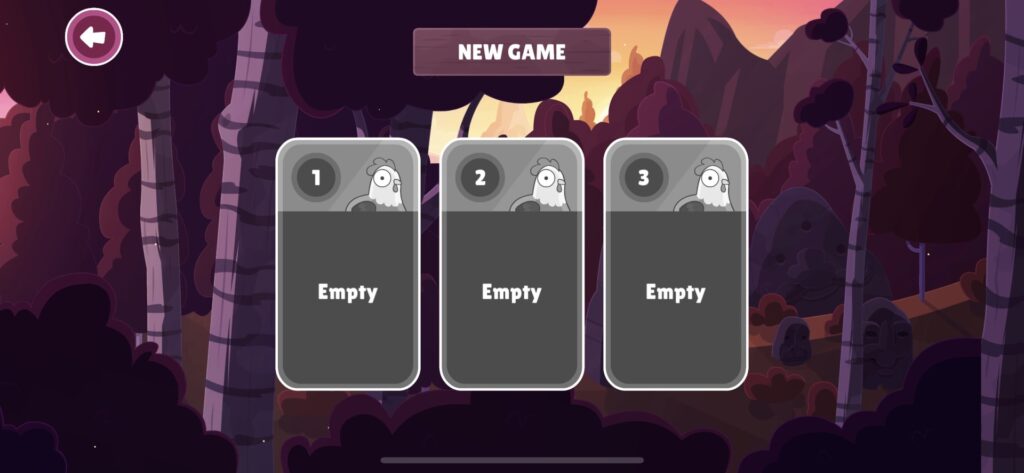User interface (UI) design plays a crucial role in gaming, as it can make or break a game. A well-designed UI can enhance the overall gaming experience, while a poorly designed UI can frustrate players and hinder progress. Key elements to consider when designing a UI include layout, visual design, controls, and feedback. Best practices for UI design in gaming include keeping it simple, being consistent, using clear language and icons, ensuring responsiveness, and testing and iterating. By following these guidelines, developers can create a UI that enhances the overall gaming experience.
The Interface Between Player and Game: A Guide to User Interface Design in Gaming
Introduction
Gaming has evolved rapidly over the years, from the 8-bit games of the 1980s to the hyper-realistic games of today. However, one thing that has remained constant through the years is the importance of user interface design in gaming. User interface (UI) design is the way in which players interact with and navigate through a game. It encompasses everything from the layout of the menus to how players control the game.
The Importance of User Interface Design in Gaming
User interface design can make or break a game. A poorly designed UI can frustrate players and make it difficult for them to progress through the game. On the other hand, a well-designed UI can make a game more enjoyable, immersive, and easier to play. In addition, a good UI can also help to create a unique brand and identity for a game.
The Elements of User Interface Design
There are several key elements to consider when designing a user interface for a game:
Layout
The layout of the UI should be intuitive and easy to navigate. The main menu should provide clear options for players to choose from, and in-game menus should be well-organized so that players can find what they need quickly.
Visual Design
The visual design of the UI should be consistent with the overall design of the game. This includes everything from the color scheme to the fonts used. Clear, easy-to-read text is essential, and icons should be intuitive and easy to understand.
Controls
Controls are a crucial part of the UI for any game. They should be intuitive, easy to learn, and responsive. The controls should also match the game mechanics and be consistent throughout the game.
Feedback
Feedback is an essential part of any game UI. Players need to understand what is happening in the game at all times, whether it is through sound effects or visual cues. Feedback can help players to identify when they have completed a task or when they need to take action to progress in the game.
Best Practices for User Interface Design in Gaming
When it comes to designing a UI for a game, there are several best practices that developers should follow:
Keep it Simple
A simple UI is often the best option. Too many options or a cluttered layout can confuse players and make it difficult for them to progress through the game.
Be Consistent
The UI should be consistent throughout the game. This includes everything from the color scheme to the fonts used to the placement of buttons. Consistency will make the game easier to navigate and less confusing for players.
Use Clear Language and Icons
Using clear language and icons will help players to understand what they need to do and how to do it. Clear language and icons can also help non-English speakers to play the game.
Ensure Responsiveness
The UI should be responsive, meaning that it should respond quickly and accurately to player input. Slow or unresponsive UIs can frustrate players and ruin the overall gaming experience.
Test and Iterate
Testing and iteration are essential for creating a well-designed UI. Developers should conduct usability testing with a variety of players to identify any issues or areas for improvement. They should then iterate on the design based on the feedback received.
Conclusion
In conclusion, user interface design is a crucial aspect of gaming. A well-designed UI can make a game easier to play, more enjoyable, and more immersive. Developers should consider layout, visual design, controls, and feedback when designing a UI for their game. They should also follow best practices such as keeping the UI simple, being consistent, using clear language and icons, ensuring responsiveness, and testing and iterating. By following these guidelines, developers can create a UI that enhances the overall gaming experience.
